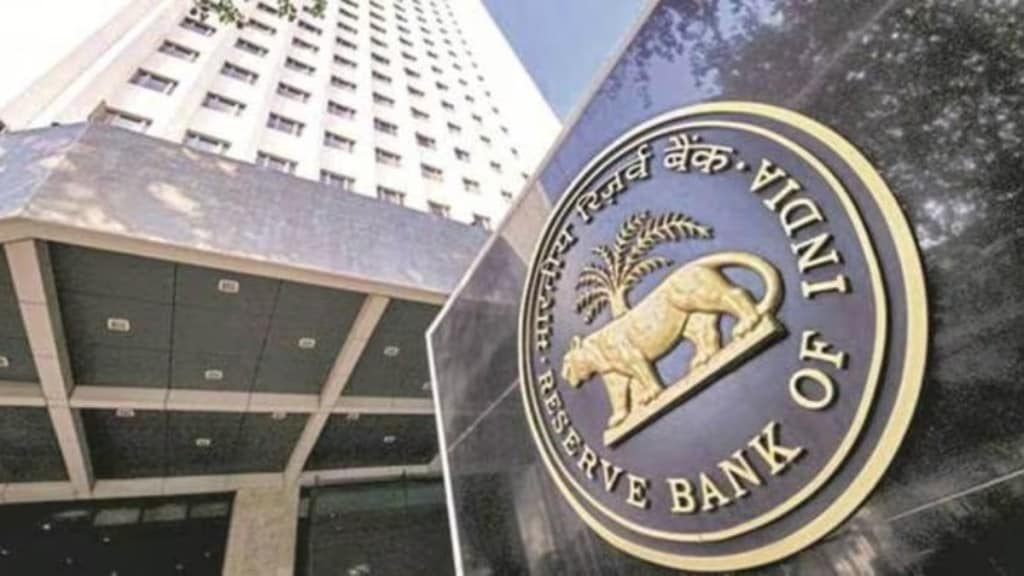The Reserve Bank of India (RBI) and National Payments Corporation of India (NPCI) have apprised the World Trade Organisation (WTO) of ways to reduce the cost of cross-border remittances, given that these could go as high as 8% under current circumstances.
A presentation was made by RBI-NPCI in this regard at a seminar held under the WTO’s Committee on Trade in Financial Services on March 25, source said. The seminar was organised following a proposal from India, Philippines and South Africa.
India is seeking to bring the cost of remittances below 3% and eliminate remittance channels costing more than 5% by 2030 in line with UN Sustainable Development Goal (SDG) target.
India is of the view that to achieve lower costs and have more transparent and accessible payment system interoperability and interlinkages of digital payment infrastructures including fast payment systems should be promoted. The issue was also discussed at the 13th Ministerial Conference of the WTO in Abu Dhabi.
“We had requested to make a presentation on the cost of remittances. The RBI and the NPCI gave presentations online on March 25. The meetings will continue on the subject at Geneva,” the official said.
“We have told the WTO members that this cost is high. Our expatriates are large in number. Remittances are a major component in balance of payment and it is an important source of income. India has developed digital public infrastructure like UPI. Through mobile phones, payments are now easy and cheap,” the official said.
With the cost of remittance services currently representing on average 6.2% of which 3% is charged at the point of sending the money and 3% at a point where money is received.
“Our demand is that there should be a better understanding between countries and banks so that charges are imposed on one side only, that is 3%. Double taxation is never a good idea for trade,” the official said. Apart from the proposers of the seminar, India’s proposal has the support of many other developing countries but opposition is coming from the US and Switzerland as remittances is a big business for their banks. In the 13th ministerial conference, these two nations vetoed the proposal, stating they are not ready for that and they need to examine it further.
Remittance flows into low- and middle-income economies amounted to $ 669 billion last year and are expected to grow in the coming years. India is the biggest receiver of remittances in the world. In 2023 these inflows amounted to Rs 125 billion. The second placed Mexico received $67 billion and China $50 billion.


